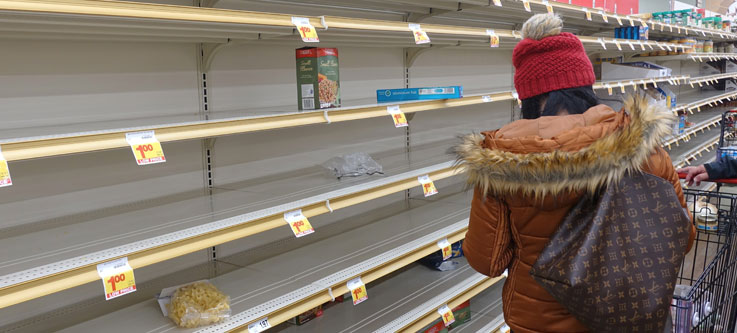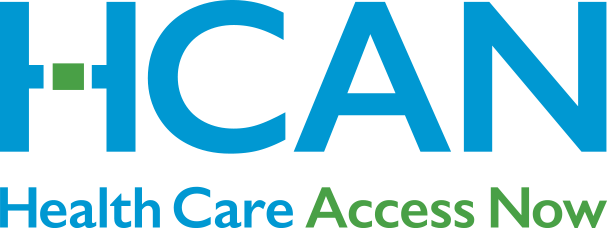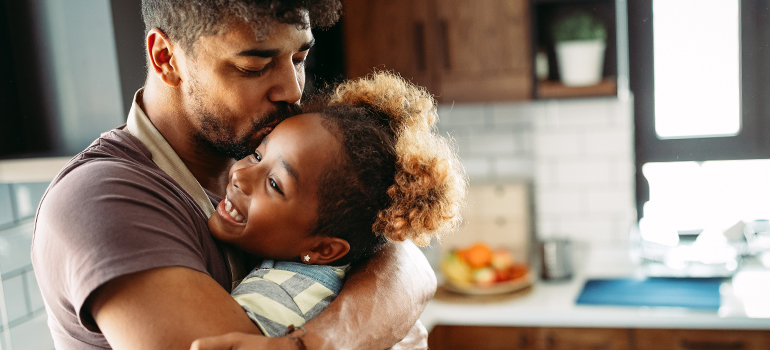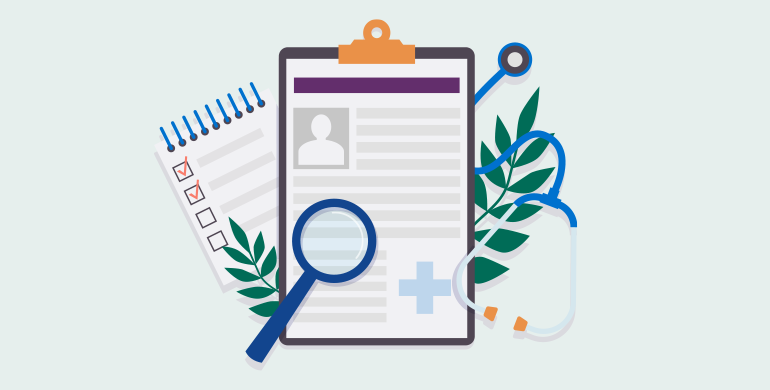One person’s inconvenience is another’s serious consequence

Most people, in Ohio, and across the country (and the world!), have seen a shortage at their grocery store of food and other basic household items caused by the coronavirus pandemic. There are countless photos across the internet of empty toilet paper shelves. People posting their photos in both outrage and in hilarity. Whether you find the situation to be funny or devastating an empty shelf forces us to make a decision. Should we live without the item or try another store?
Those of us who can will jump in the car and drive to another store. And sometimes another one, if the same empty shelves persist. But what if you don’t have a car? Should that person repeatedly walk to the bus stop, wait 30 minutes to catch the 17 bus south and hope they are lucky at the next location? Driving from store to store in search of toilet paper is a nuisance and inconvenience for some but without a car it’s nearly impossible for others.
Now imagine the same bus rider faced with an empty shelf but instead of toilet paper they are looking for formula for their infant. (Another item now commonly missing from shelves is baby formula.) With a hungry baby in arms hours spent in this era of coronavirus on unsuccessful bus trips are dangerous—both for baby and mom. The chance of viral exposure is dramatically increased.
A recent survey of our Community Health Workers cited food insecurity as one of the challenges their clients are facing during the coronavirus shutdown. And the food insecurity is only made worse when clients do not have access to adequate transportation. Before coronavirus a client who was self-sufficient because they had previous structured their work, childcare and shopping around a bus schedule suddenly finds themselves in a possible life threatening situation.
Coronavirus compounds health inequities
In communities where disparities were already high before the pandemic, they are now compounded because social services are delayed, transportation is slowed and food is more scarce.
“Barriers created by bias and difficulties with access to resources—those problems don’t go away because we are facing a national crisis. Instead, you’ve just added this new issue, which really compounds existing inequities,” explains Michelle Edison, MPH, MS, who serves as the Pathways HUB Coordinator for Mahoning County Public Health in Northern Ohio.
Across Ohio, and right here in Cincinnati, a lot is being done to mitigate disparities. Our local Community Health Workers are continuing to help connect clients to the food, housing, transportation and the social services they need, now more than ever. CHW’s are finding creative ways to continue their work within the limits of social distancing. In-home visits are not allowed so they are calling clients more often and also making use of other technologies. Lauren Bostick, a CHW at the Cincinnati Health Department, says even on the phone she can connect with clients— clients know “I am there to help.”
A Community Health Worker identifies barriers which are standing in the way of achieving and maintaining good health. Do you feel called to help? Our Community Health Worker Certification Program teaches how. Our programs are 12-14 weeks long and offered several times a year. See our Community Health Worker Certification Program page for more information. You can read more about the role of a Community Health Worker here.






